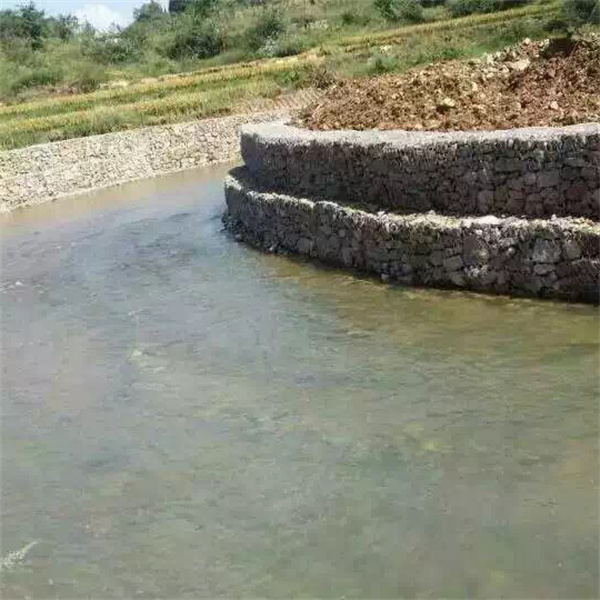Nov . 16, 2024 11:27 Back to list
gabion planter wall
The Beauty and Benefits of Gabion Planter Walls
In the realm of modern landscaping and architecture, the gabion planter wall has emerged as an innovative solution that combines functionality, aesthetics, and sustainability. Gabions, originally used for erosion control and reinforcement in civil engineering projects, have found a new identity in the garden and outdoor design. This article delves into the features, benefits, and design possibilities of gabion planter walls, making them a compelling choice for homeowners and landscape designers alike.
What is a Gabion Planter Wall?
A gabion planter wall is essentially a structure composed of wire mesh cages filled with stones or other materials, designed to create planting spaces. These walls can vary greatly in size and shape, offering flexibility in design to suit various landscapes. Often, the top of the wall is designed for planting, allowing for a range of flowers, herbs, or even small shrubs to flourish in a controlled environment.
Aesthetic Appeal
One of the primary attractions of gabion planter walls is their aesthetic value. The natural stones used in the cages create a rustic and earthy look, blending seamlessly with outdoor environments. Additionally, the plants that grow atop the walls add color, texture, and vibrancy, enhancing the overall landscape. Whether positioned as a border, a retaining wall, or a standalone feature, gabion planter walls can draw the eye and serve as a striking focal point.
Environmental Benefits
Incorporating gabion planter walls into landscaping not only beautifies an area but also brings significant environmental benefits. The stone materials used in gabions are often locally sourced, which reduces transportation impacts and promotes sustainable practices. These walls also control erosion effectively by stabilizing soil, particularly in sloped areas. Moreover, the plants growing from the walls can contribute to biodiversity by attracting pollinators and enhancing local ecosystems.
gabion planter wall

Versatility in Design
Gabion planter walls offer immense versatility in design. They can be constructed in various shapes and sizes, allowing for creative and tailored landscaping solutions. Homeowners can opt for low, wide walls as garden borders or high, narrow structures for privacy. The integration of lighting into these walls can enhance their beauty at night, while different stone types and planting combinations allow for a personalized touch.
Low Maintenance and Durability
Another advantage of gabion planter walls is their durability and low maintenance requirements. The robust materials used can withstand harsh weather conditions, making them suitable for many climates. Once established, the plants can require minimal upkeep, providing an attractive garden feature without the burden of extensive maintenance.
Building a Gabion Planter Wall
Creating a gabion planter wall can be a DIY project or an endeavor led by professionals. The basic steps include selecting the location, gathering necessary materials such as wire mesh and stones, and assembling the wall structure. Careful planning in terms of plant selection and arrangement is crucial for ensuring that the plants thrive and create a captivating visual display.
Conclusion
Gabion planter walls are an outstanding combination of art and function in landscaping. Their aesthetic appeal, environmental benefits, versatility, and low maintenance make them a valuable addition to any outdoor space. As the trend toward sustainable and innovative gardening continues, gabion planter walls stand out as a practical solution for enhancing beauty and functionality in residential and commercial settings. Whether one seeks to create a serene garden retreat or a striking outdoor feature, gabion planter walls present an opportunity to work with nature, creating spaces that are not only beautiful but also ecologically sound.
-
The Role of Galvanized Gabion Mesh in Riverbank Protection
NewsJun.26,2025
-
The Role of Gabion Basket Raised Bed in Sustainable Gardening
NewsJun.26,2025
-
Quality Assurance of Wire Mesh Gabion Baskets
NewsJun.26,2025
-
Installation Guide for Welded Gabion Box
NewsJun.26,2025
-
How to Choose the Right Gabion Box
NewsJun.26,2025
-
Different Types of Gabion Wire Mesh
NewsJun.26,2025
-
Why PVC Coated Gabion Mattress Is the Best Solution for Long-Term Erosion Control
NewsMay.23,2025






